
One of the most valuable pieces of knowledge I learned during my upper-level schooling in becoming a Registered Dietitian was on the relationship between nutrition, exercise, stress, and female health. Although it makes perfect sense, up unto this point, I truly had no idea there was a relationship between them. The relationship is so incredibly strong that once you learn how to dial in your lifestyle behaviors (think nutrition, exercise, stress) with your monthly cycle, you will find a whole new meaning to health. Let’s begin with a little bit of background on how the hormonal cycle works for women (sorry to any men that may be reading, yours isn’t this complex- luck you ;). On average, a woman’s menstrual cycle can range from 28-35 days in length. Each cycle can be divided in to 4 different phases: the follicular phase, the ovulatory phase, the luteal phase, and of course, the menstrual phase. Each phase is so incredibly different in the hormonal concentrations occurring in the body at each point in time. Thus, nutrition and exercise should align with the changes in energy levels, hormones, and emotions.
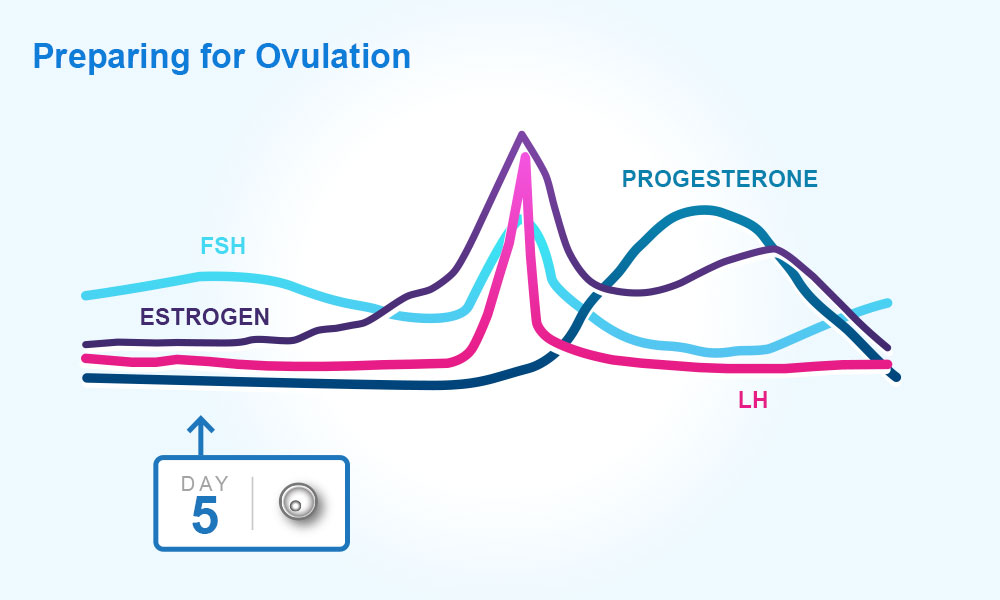
Phase 1: The Follicular PhaseDuration: 7-10 DaysDuring this phase, follicular stimulating hormone (FSH) is at it’s peak as it works to signal your ovaries to release another egg, causing egg follicles to swell in preparation. These follicles stimulate estrogen to rise, which is important for later hosting an egg in the uterus.
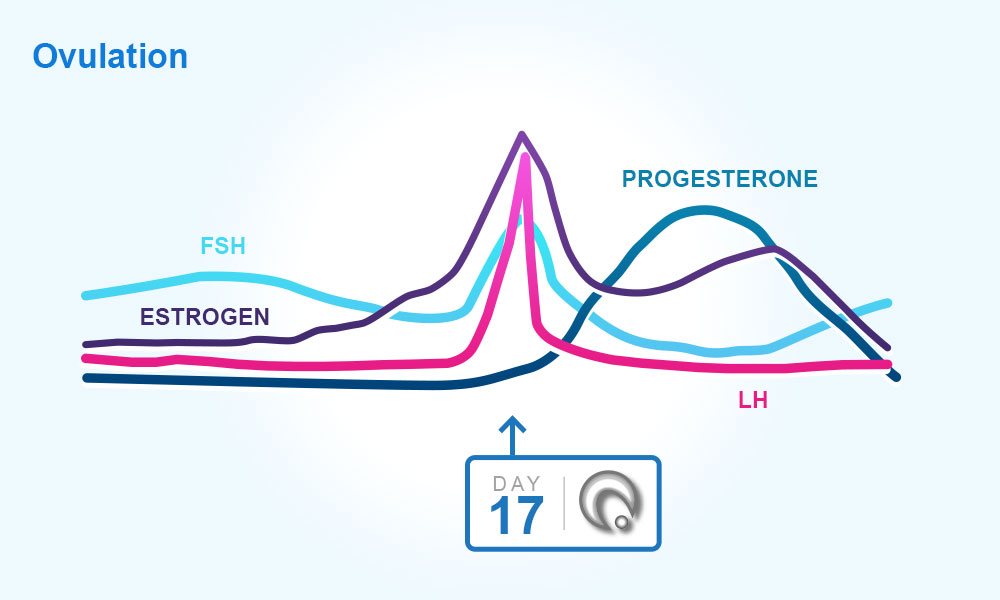
Phase 2: The Ovulatory PhaseDuration: 3-4 DaysThe elevated estrogen levels circulating your body during this time cause luteinizing hormone (LH) to also rise. LH is responsible for releasing the mature egg into the Fallopian tubes. Estrogen will continue to rise as it is vital to supporting the growth of immune system cells in the uterus. Testosterone also rises during this time, and then drops at the time of ovulation.
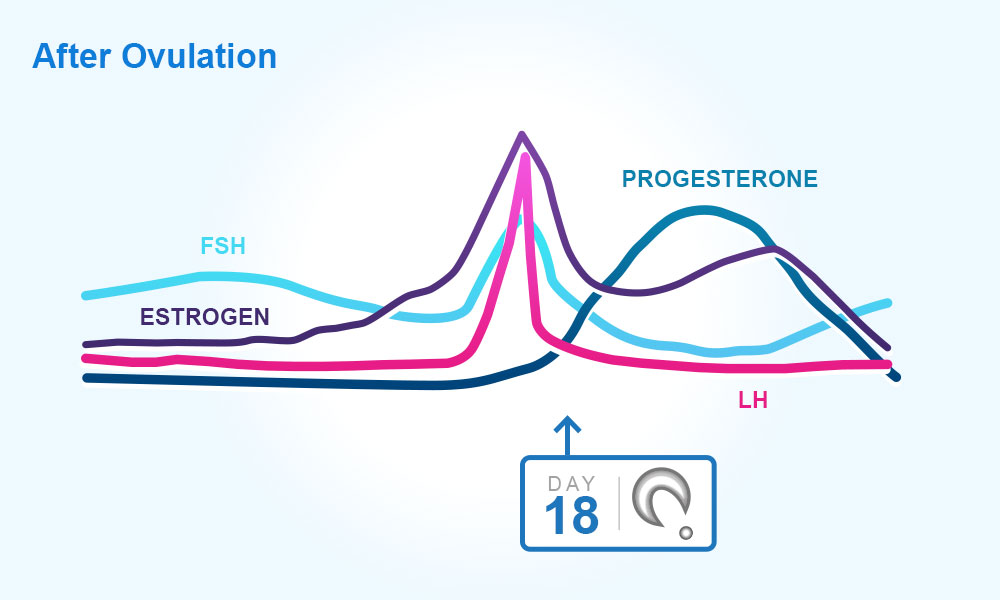
Phase 3: The Luteal PhaseDuration: 10-14 DaysProgesterone is produced by the follicle where the egg burst, the corpus luteum. FSH and LH no longer are signaled to ensure that only one egg is released at a time. Estrogen will continue to rise (as does testosterone towards the end), blunting the release of progesterone. This hormonal shift is what triggers a woman to have a “period.”
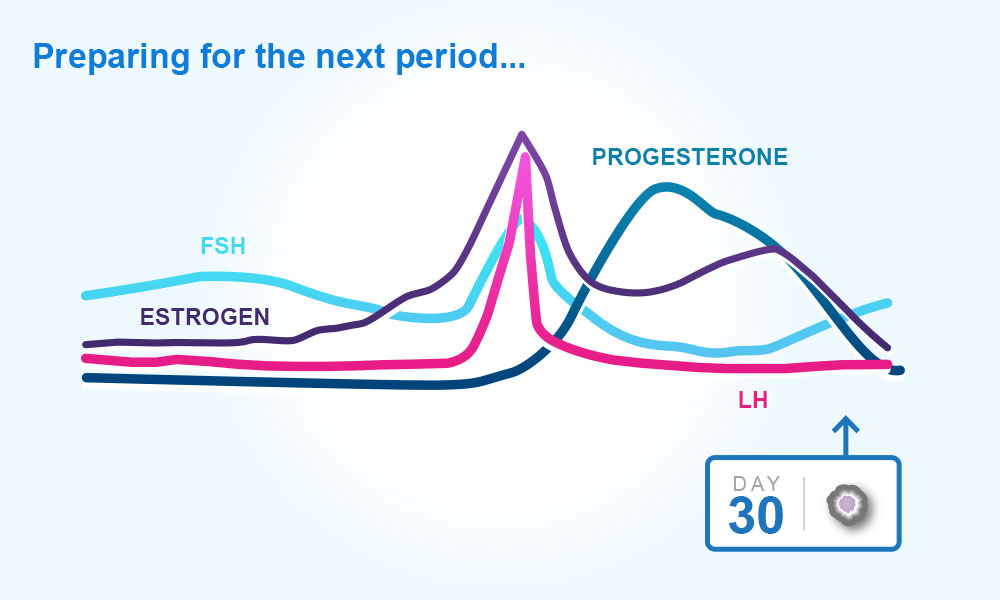
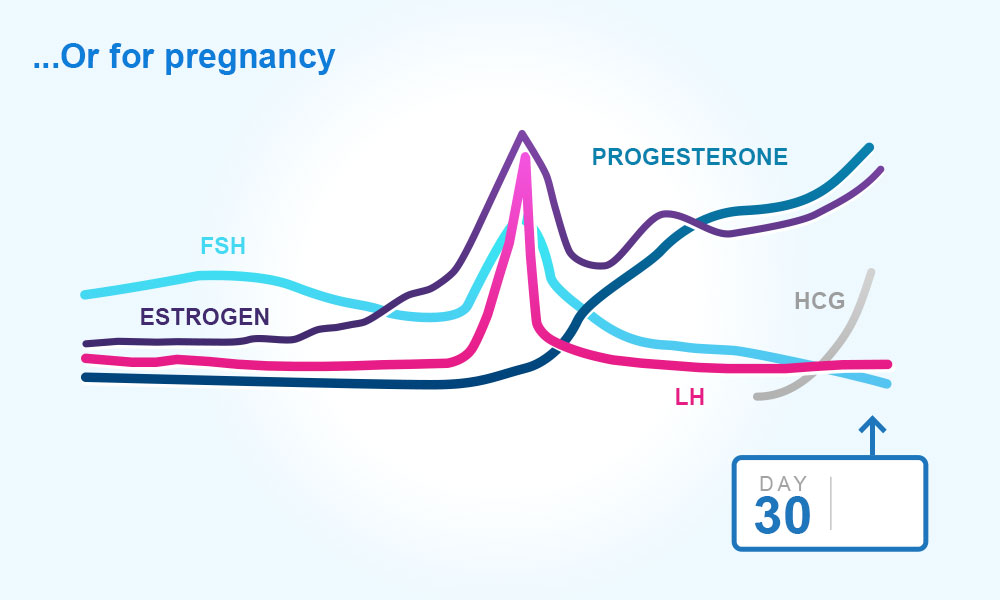
Phase 4: The Menstrual PhaseDuration: 3-7 DaysThe corpus luteum (the follicle where the eggs burst) will disappear, and progesterone will essentially disappear as well. This stimulates the menstrual phase. Estrogen, FSH, and LH peak, and then drop. Note the differences in concentrations at Day 30 in a period and Day 30 when pregnancy occurs. Wow, that was a lot of information; I hope I didn’t lose you! I also hope that you learned just how complex the female body is and that at any point in time, there is an incredible amount of different hormonal shifts happening in the body (no wonder we’re so crazy, right?!). Now that you understand the many hormonal shifts that happen throughout the phases of the menstrual cycle, let’s discuss how you can (and should) tailor your nutrition and exercise to your current phase. Download our Female Health Guide Here! “Self love is honoring your body for all it does for you and respecting it enough to treat it just as nicely in return. You wouldn’t treat a friend with disrespect and expect respect in return. Make mends with your body, it is the greatest friend you could ever have.” – Lauren Papanos, MS, RD, LD.
References: Menstrual Cycles and Ovulation (2016, Oct 7). Menstrual Cycles and Ovulation. Retrieved from http://bit.ly/1yZabnU Vitti, A. & Northrup, C. (2014). Woman Code. New York, NY: HarperCollins Publishers. #womenshealth #hormonalhealth #menstrualcycle #periodnutrition #womensnutrition
Comments +